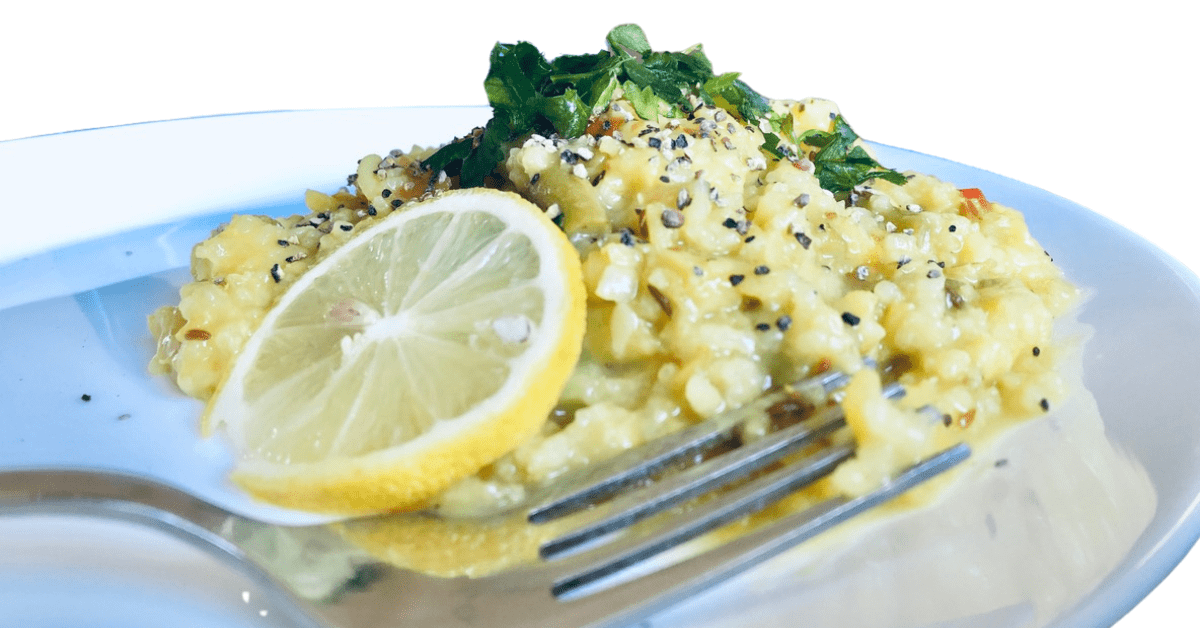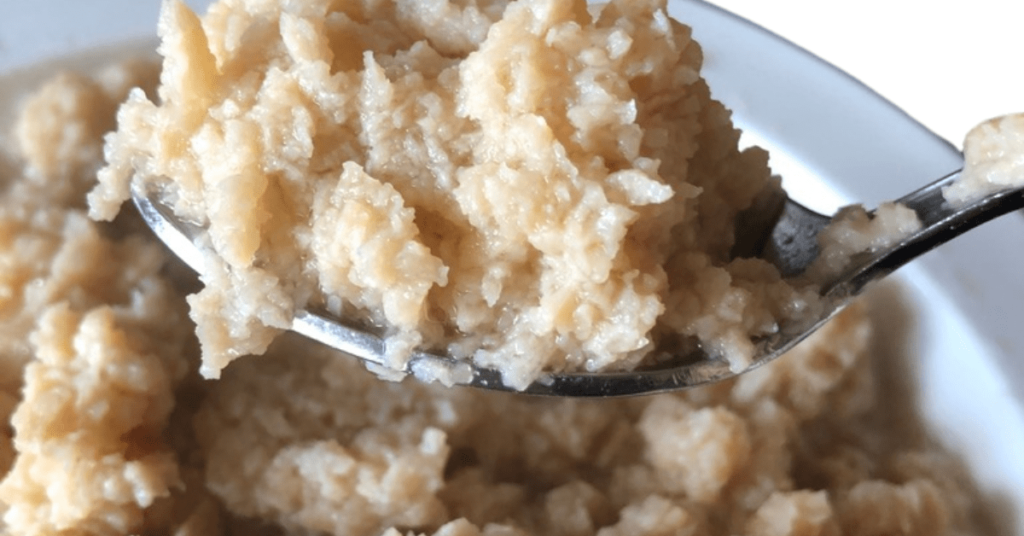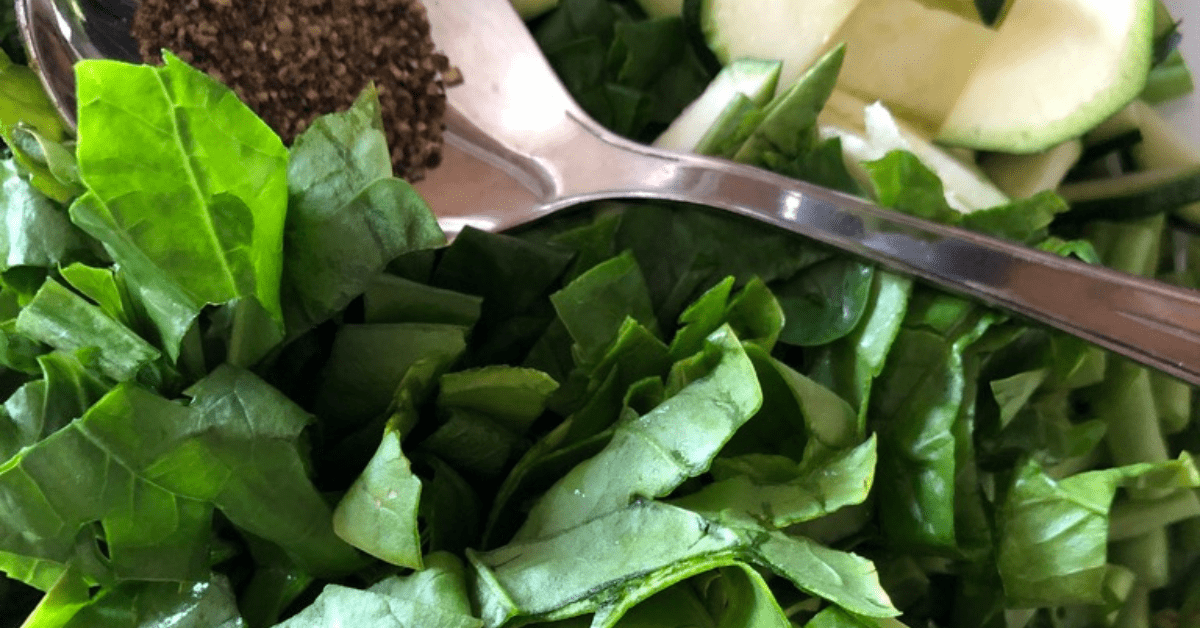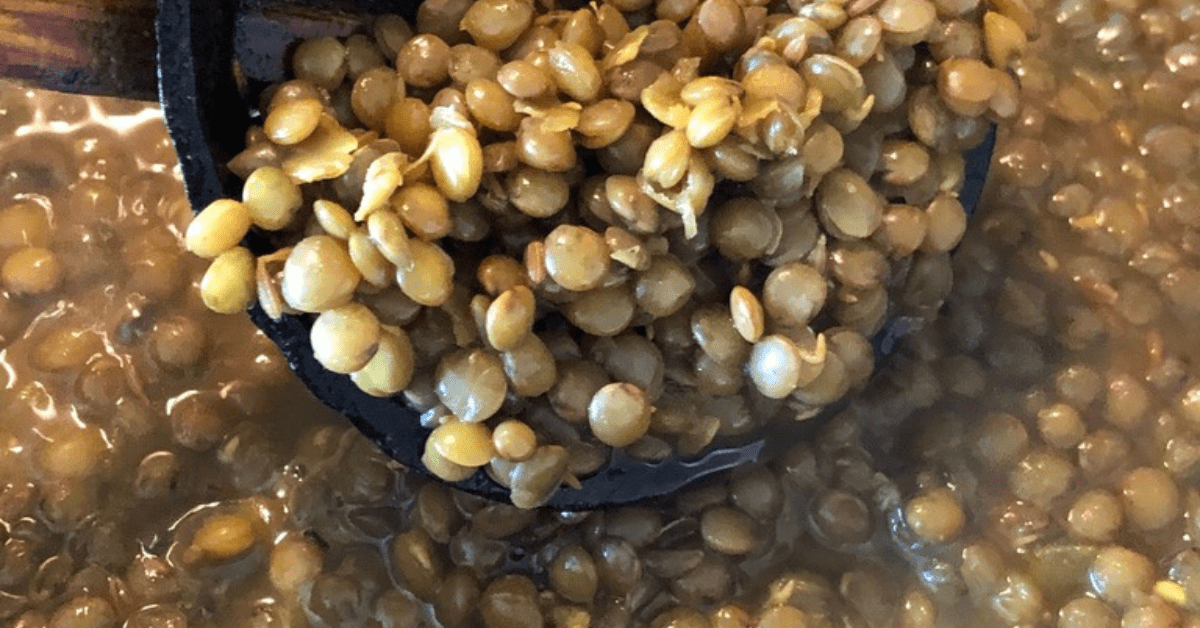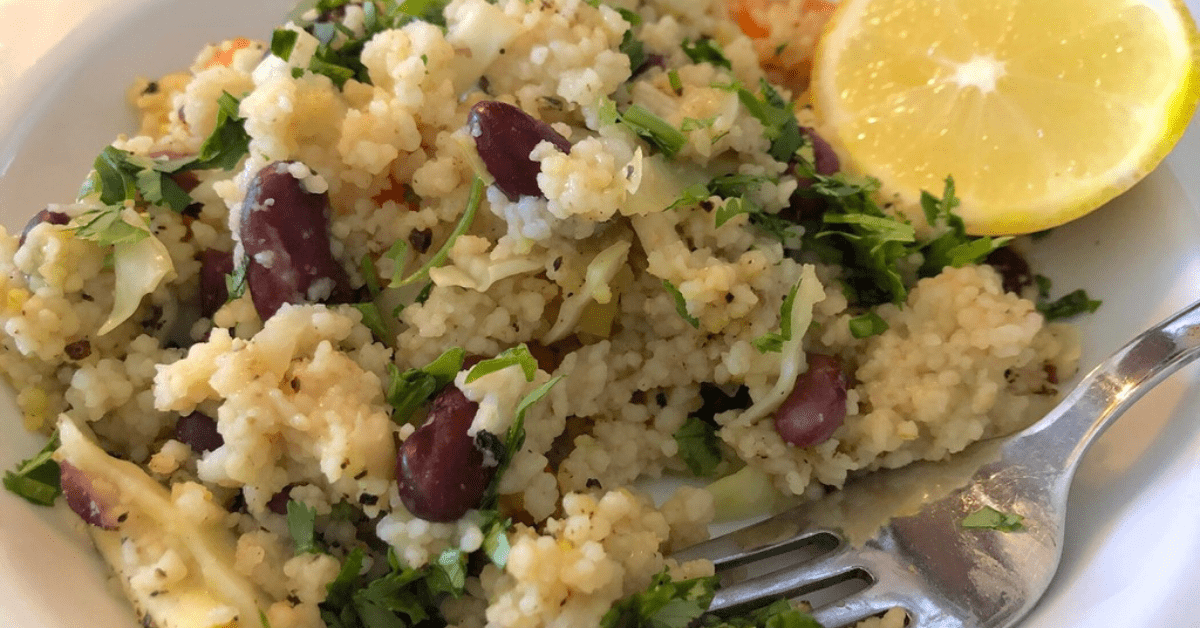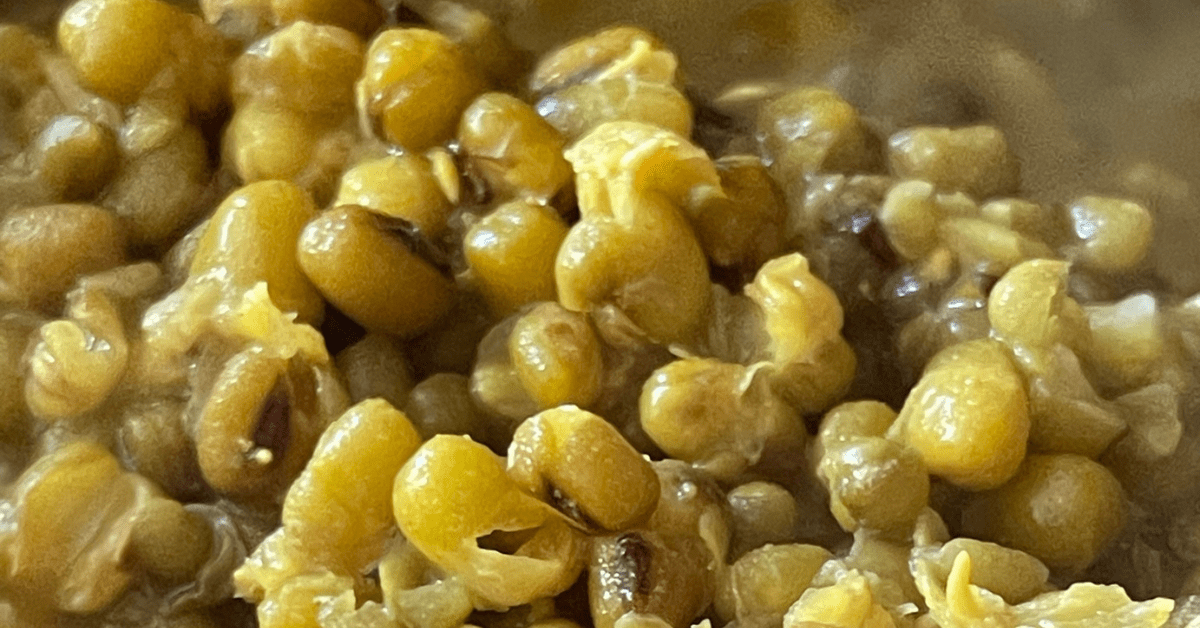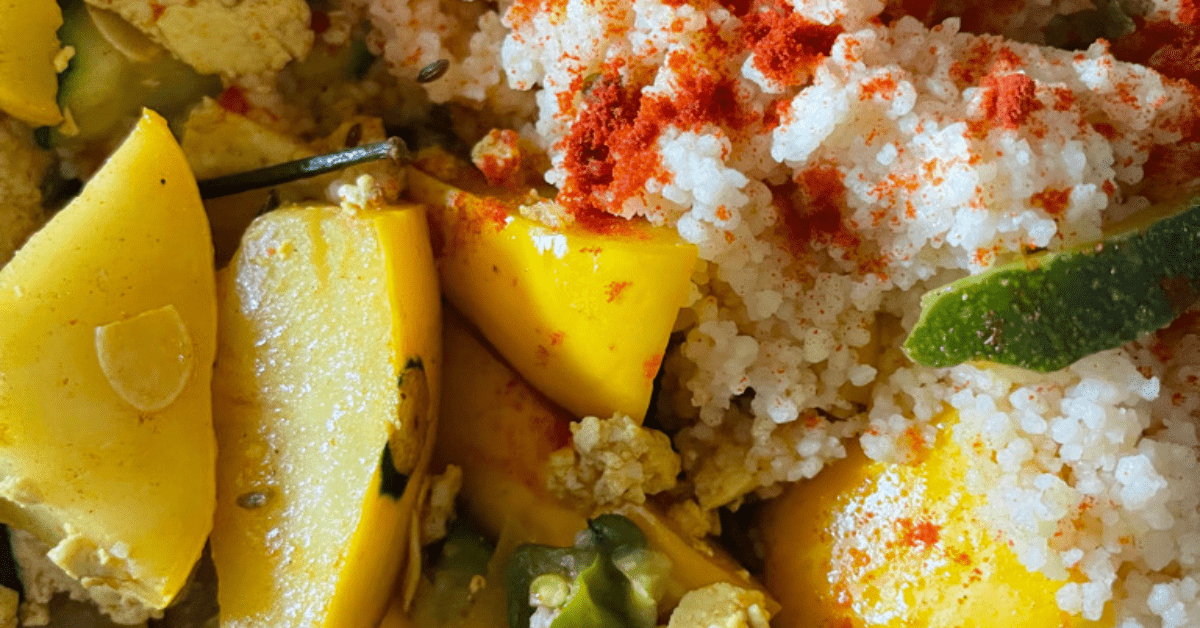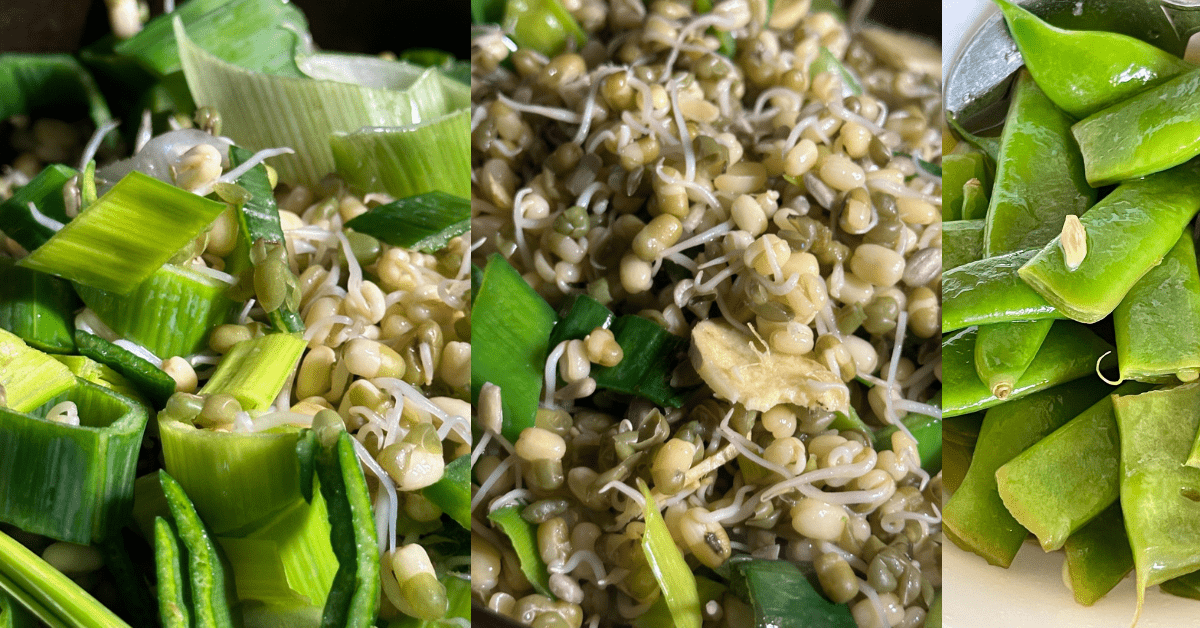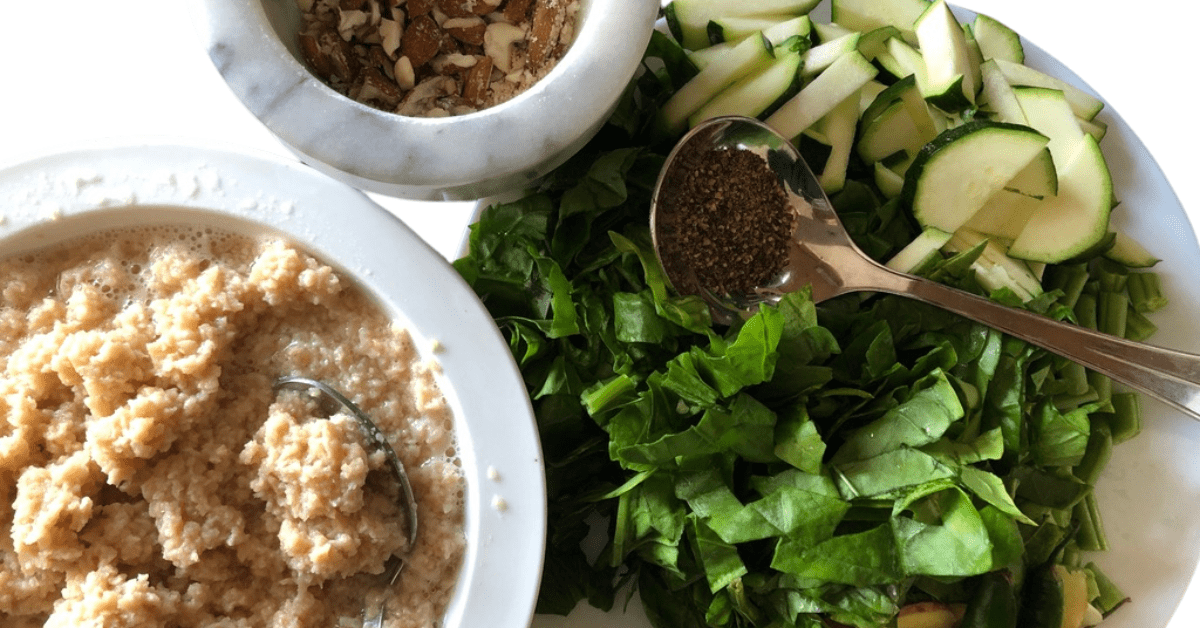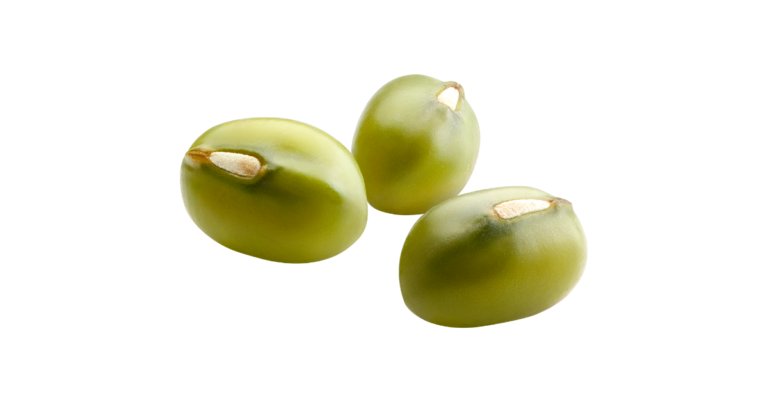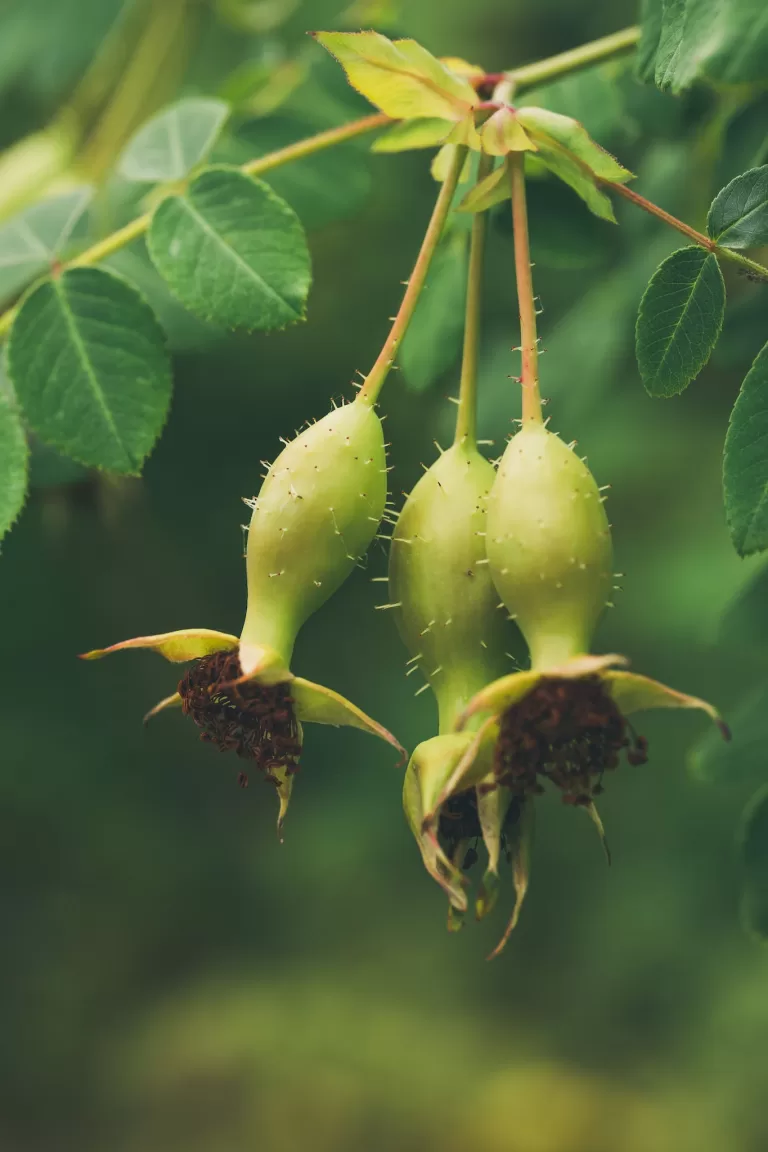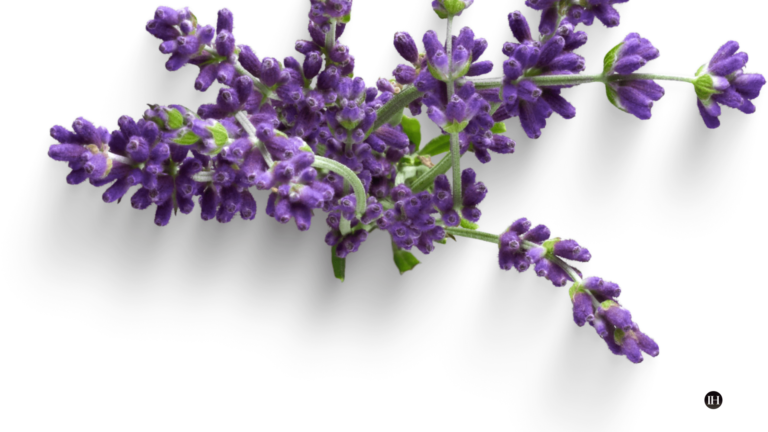Ayurvedic Khichdi: How To Use Its Healing Properties
Ayurvedic Khichdi is a therapeutic dietary meal that promotes healing and has several nutritive properties. It is helpful in weight management, digestive well-being, and certain recovery plans.
“The Ayurvedic practice of enhancing one’s well-being and achieving an optimal version of oneself is a vast and comprehensive science.” It is a sort of Bio-work.
Ayurvedic healthcare system is considered one of the oldest in the world, with origins dating back at least 5,000 years. It originated in India and has given rise to several modern-day therapies, such as Curcumin (Turmeric), now recognised for its benefits worldwide.
Key Points In This Article
This article introduces Ayurvedic Khichdi, explaining why it is recommended as a dietary treatment meal, its relationship to the dosha system, case studies, and an example of a protein-rich Khichdi drink.
Ayurvedic Dosha
Ayurvedic science has three primary doshas: vata, pitta and kapha.
Dosha is a principle in Ayurvedic science that refers to primary energy in the body and mind that affects physical and mental health.
To some extent, modern science has established the relationship between the gut and the brain, indicating that food affects our mental integrity. However, in a rudimentary way, this has long been acknowledged in traditional sciences.
“The Diet Formula” In Ayurvedic Principles
Ayurveda states that vata, pitta and kapha bioelements are influenced by the foods we eat. Therefore, diet affects us both physically and mentally, both short and long-term.
A diet formula is the first line of prescription based on individual needs, with the aim of improving physical, mental, and energy integrity. One of its most effective diet formulas is the highly personalised Ayurvedic Khichdi.

Context & Fundamental Basics
According to Ayurvedic science, diet substantially affects physical, mental and energy integrity.
Here are some fundamental factors that form its core principles:
- In Ayurveda, the gastrointestinal system is regarded as a health-promoting engine (Agni) that provides energy from food and supports important systems such as immunity and vitality through several secondary functions.
- Furthermore, it promotes nutrition to various body parts, including forming cells, blood cells, organs, bones, etc.
- Foods such as vegetables, herbs, and spices are medicinal due to their phytochemical properties and therapeutic actions when digested. The implication of food matrices also comes into effect.
The case study presented below helps to explore these connections established in Ayurvedic principles.
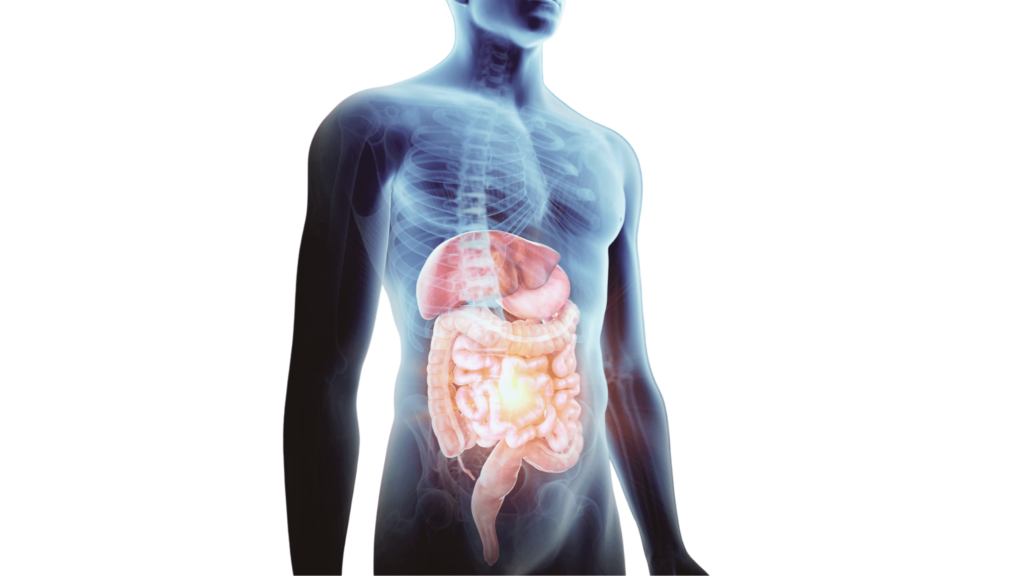
Food & Gastrointestinal Tract
In the study Nutrients, Livovsky et al. (2020) examined the impact of food on the gastrointestinal tract and other organs and processes in the body.
Key Takeaways
- The study found that the type and quantity of food consumed can affect the gut microbiota, impacting the immune system, metabolism, and brain function.
- In addition, the study highlights the importance of paying attention to hunger and satiety cues, as overeating can lead to discomfort and negative health outcomes.
The study suggests that the relationship between food, eating, and the gastrointestinal tract is complex and multifaceted, with wide-ranging effects on various aspects of health and well-being.
The complete study can be found here: “Food, Eating, and the Gastrointestinal Tract. Nutrients, 12(4).”
Gut-Brain Axis, “Stimuli in the gut may also activate afferent brain pathways, so that in addition to the digestive responses, meal consumption also induces sensory experiences that influence the control of food consumption and homeostasis (e.g., fullness and satiety).”
(Livovsky et al., 2020)
Relevance & Link In Ayurveda
Corresponding with the key points by (Livovsky et al., 2020), the Ayurvedic diet, including Ayurvedic Khichdi, places gastrointestinal, therapeutic and nutritional practices at the forefront of holistic prescriptions.
It recognizes the importance of maintaining gastrointestinal health and places great emphasis on the role of diet.
Ayurvedic Khichdi falls under Ayurveda’s comprehensive approach to diet. It is an important meal consumed for medicinal purposes for gut well-being. Furthermore, the meal is highly personalisable.
Informational (Audible) Video
Ayurvedic Khichdi A Nutritional & Anti Oxidative Meal
Bio-work Through Ayurvedic Diet
Subsequently, more focus is given to bioactive compounds and consumption method of food over the sole external appearance of food—for instance, an organic mung bean over non-organic source.
Dietary components are a vital part of the “Bio-work” prescribed by Ayurveda. The goal is to promote gut health, which then positively impacts other areas of physiology such as physical, mental, and energy levels.
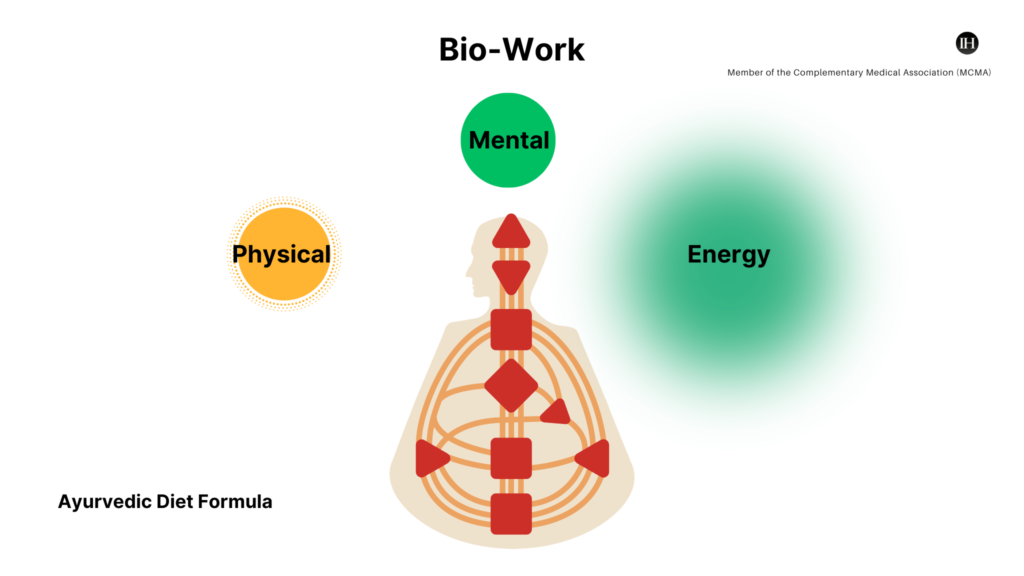
What Is Ayurvedic Khichdi
Ayurvedic Khichdi is a cooked preparation made with rice or other grains, lentils, whole spices and vegetables.
Although it’s classified as a simple dish, it is a highly comprehensive and complete meal. Furthermore, historically, it was a well-known food therapy in ancient Ayurveda.
Today, Ayurvedic Khichdi is garnering more recognition due to its healing effects.
A Therapeutic & Medicinal Meal
Ayurvedic Khichdi is prescribed as an integrative diet for particular health reasons or when the digestive system needs a break or sort of “reset.”
Here are some factors that influence its therapeutic actions:
- Firstly, the combination of phytonutrients from particular lentils, whole spices and vegetables provides a number of phytochemicals.
- Secondly, the treatment of cooking khichdi influences the bioavailability of the ingredients. Bioavailability is how much of a nutrient or substance your body can actually use after you consume it.
- The processing method, the cooking method of Khichdi, breaks down complex carbohydrates and proteins, making them easier to digest and facilitating nutrient absorption and energy uptake by the human body.
- Its cooking method makes it very easy to digest and gentle on the gut. There are several types of Ayurvedic Khichdi depending on dosha requirements.
A Gut Friendly Meal
For instance, in Ayurveda, an individual with an upset stomach may be prescribed red lentil and turmeric khichdi until solid foods are digestible.
Ganesan & Xu (2017) suggest that the compound “defensing” in lentil seeds and phenolic compounds acts as a potential inhibitor of microbial growth.
- Red lentils are also easy to digest and gentle on the stomach, which is one of the reasons they are used as a food source for gastrointestinal well-being.
- Secondly, red lentils (Vicia lens or Lens culinaris) are a low glycemic index food.
- Lentils are rich in phenolic compounds promoting anti-microbial effects as well as a host of other therapeutic benefits.
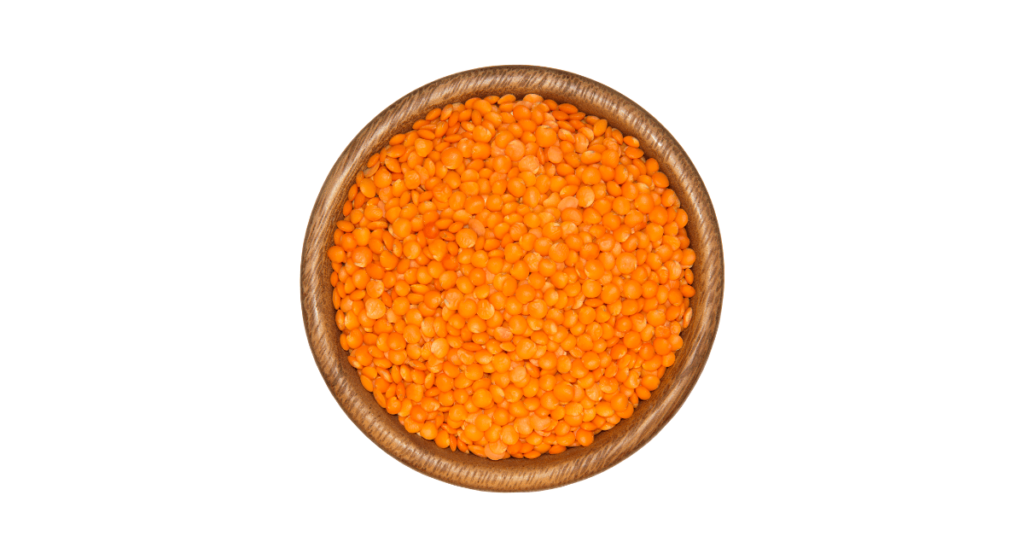
Red lentil For Ayurvedic Khichdi
Subsequently, the red lentils are particularly helpful for disturbed gut health due to their high fibre content, which can help regulate bowel movements and promote the growth of healthy gut bacteria.
Red lentils are rich in protein, fibre, iron, and magnesium source. They also contain a variety of phytochemicals, such as polyphenols, flavonoids, and carotenoids, which are associated with antioxidant and anti-inflammatory properties.
The Compound Saponin In Red Lentil
For instance, saponins in red lentils have an anti-inflammatory effect on the gut, reduce inflammation, and stimulate the growth of beneficial gut bacteria.
This makes them helpful in healing the gut and maintaining a healthy digestive system.
Several scientific evidence-based studies support the properties of lentils. Such as, Mustafa, A. M., Abouelenein, D., Acquaticci, L., Alessandroni, L., Angeloni, S., Borsetta, G., Caprioli, G., Nzekoue, F. K., Sagratini, G., & Vittori, S. (2022). Polyphenols, Saponins and Phytosterols in Lentils and Their Health Benefits: An Overview. Pharmaceuticals, 15(10).
Ayurvedic Khichdi Is A Nutritionally Rich Meal
As a result of its ingredients, Ayurvedic Khichdi is considered a complete meal as it provides a wide range of macro and micronutrients for the body. As stated in the former sections, it is a highly personalisable meal.
Example: Green Mung Bean Khichdi
For example, if a person needs more protein and amino acids, they can consume green mung beans, pumpkin seeds, quinoa or bulgur wheat or millet, courgette, and sweet potato Khichdi. This Khichdi should contain turmeric, Himalayan salt, and black pepper. By eating this GMB Khichdi, the person can obtain considerable protein and several other important properties.
It is a great source of protein and fibre, making it ideal for individuals seeking high-quality nutrition, specifically due to its overall content, which includes lentils, grains, spices and sometimes vegetables.
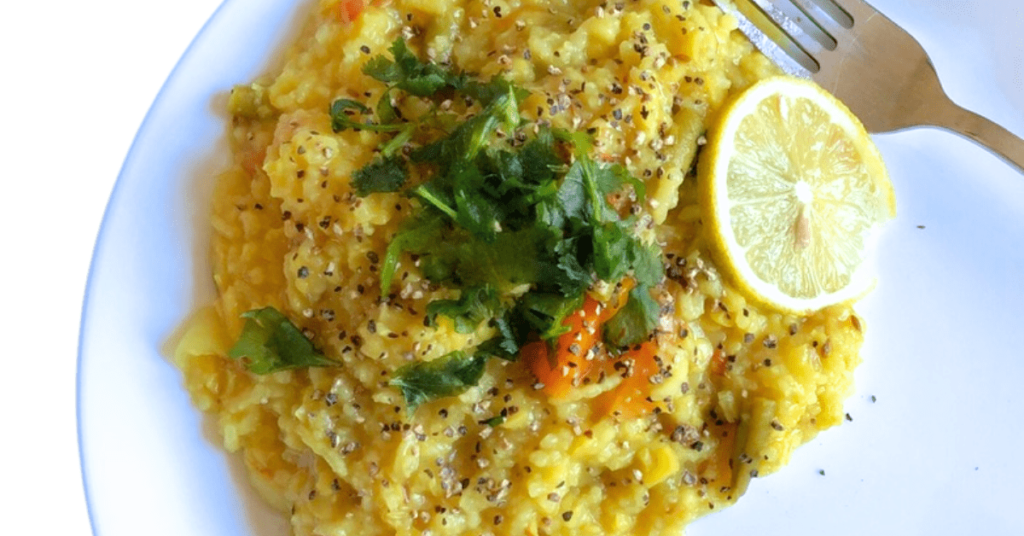
Furthermore, GMB Khichdi is also rich in neuroprotective properties, such as lutein, zeaxanthin, vitexin, etc.
Vital Component: Method of Cooking Ayurvedic Khichdi
According to Ayurvedic science, Khichdi benefits from cooking in an unglazed clay pot to retain the food’s nutritional value and evaluate the bioavailability of the ingredients.
This method is gentler on the ingredients and, therefore, helps to maintain nutritional integrity.
Using natural, unglazed earthen pots with low temperature and pressure may increase food bioavailability. To help understand this concept, some case studies are provided below.
Several scientific studies explore how cookware affects food’s nutritional value.
Food cooked with low temperature and low pressure would definitely be healthier because nutritive and biological values of such foods remain intact.
Onyeka and Ibeawuchi (2021)
Here are helpful studies for further reading:
- Kamerud, K. L., Hobbie, K. A., & Anderson, K. A. (2013). Stainless Steel Leaches Nickel and Chromium into Foods During Cooking. Journal of Agricultural and Food Chemistry, 61(39), 9495.
- Xing, Qinhui & Xing, Xiaohui & Zhang, Zhengmao & Hu, Xinjuan & Liu, Fangliang. (2017). A comparative study of the nutritional values, volatile compounds, and sensory qualities of pea pastes cooked in iron pot and clay pot. Journal of Food Processing and Preservation. 42.

(Note: Harder beans, like kidney beans, with antinutrients, require high pressure and heat to access their nutritional components.)
1. Example Of A Multi-Purpose Ayurvedic Khichdi
One of the most well-known types of khichdi is yellow dal khichdi, also known as yellow lentil khichdi or sunshine khichdi.
It is made from red lentil khichdi, is a versatile version, and is commonly used in general diets for upset stomachs, detoxing, balancing, and overall vitality. There are several variations based on dosha.
Additionally, it can be friendly to all three doshas: vata, pitta, and kapha, depending on the grain, vegetable, whole spice and oil used.
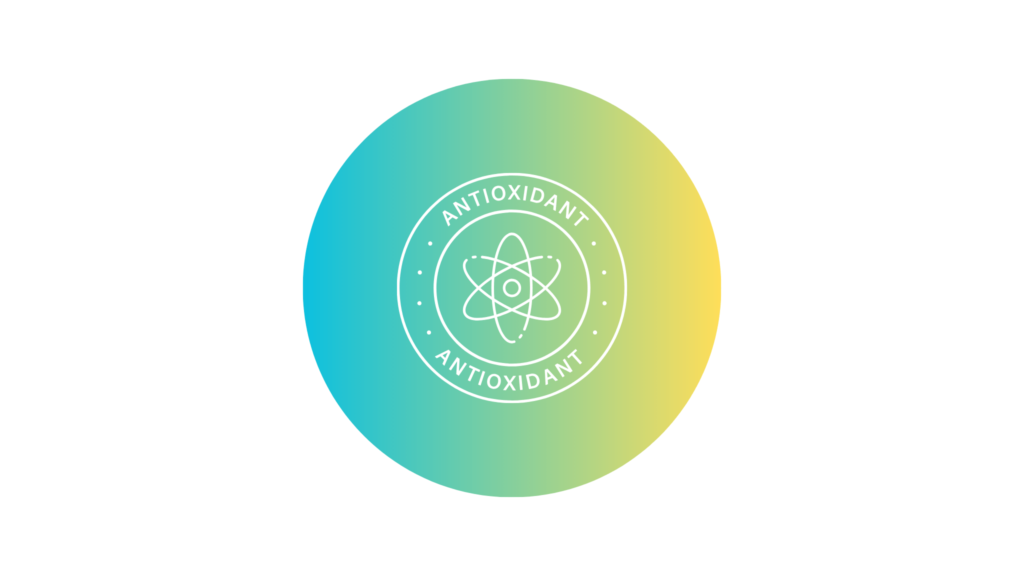
Typical Ingredients In Sunshine Khichdi
The ingredients used to prepare this multi-purpose khichdi usually include, but are not limited to, the following:
- Organic red lentils, whole or split,
- Grains (depend on dosha) such as brown rice or organic basmati, millet etc
- Spices or herbs, such as turmeric, cumin, ginger, Himalayan pink salt,
- Oil, such as organic cow ghee or coconut, olive oil (depend on dosha).
Processing & Cooking Sunshine Khichdi
To prepare this Ayurvedic Khichdi, there are several important factors that need to be taken into consideration.
For instance, Lentils are pre-soaked for a hydrolysis effect for 1-3 (variable) hours before cooking. The grain is treated pre-soaked for a hydrolysis effect for approximately 60 minutes before cooking.
All the ingredients are placed in a water-filled clay pot and cooked on consistent low-mid heat. It is cooked thoroughly until the grain is completely broken down, resembling a porridge consistency.
Post Cooking Consistency
Furthermore, this prepared khichdi can be further liquified by added water and blended into a nutritious soup, depending on the requirements. The outcome is an exceptionally nutritious and healing meal.
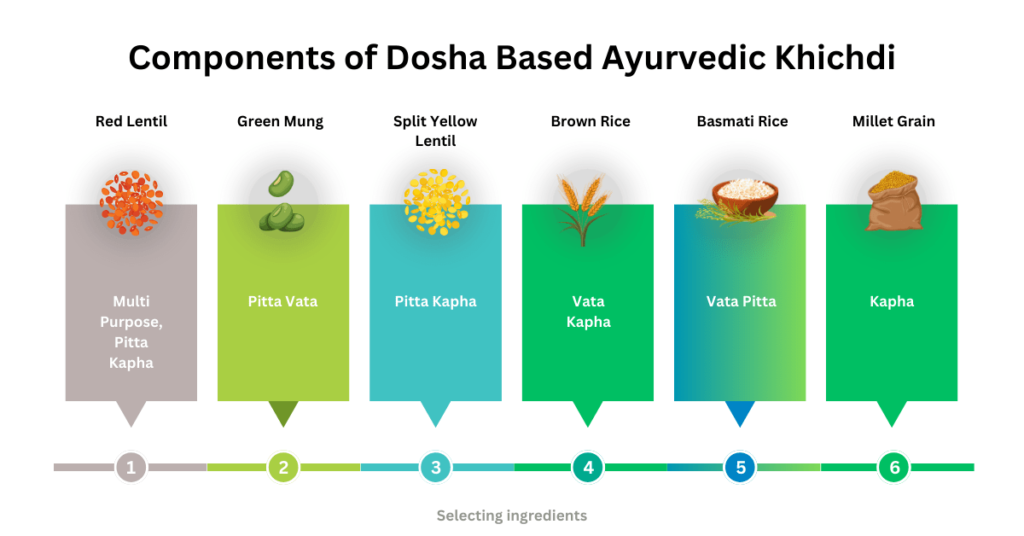
2. Dosha Based Ayurvedic Khichdi
For a more personalised approach, the ingredients used in Ayurvedic Khichdi would vary based on an individual’s dosha or body type, resulting in specific dosha-based Khichdi.
Dosha-based khichdi is more analytical and comprehensive than the multi-purpose Ayurvedic Khichdi detailed in the former section.
Components of Dosha-Based Ayurvedic Khichdi
In the next section, dosha-based khichdi components are detailed. A dosha-based khichdi will include various components most suitable for an individual’s primary dosha. This is usually prescribed based on a dosha analysis and lifestyle review.
Here are some examples of Dosha based Khichdi components:
1. Grains
- Organic basmati rice
- Organic brown rice
- Organic red rice
- Organic millet
- Organic barley
- Organic Bulgur wheat
2. Oils
- Coconut oil
- Cow Ghee
- Olive oil
- Sesame seed oil
- Mustard oil
3. Legumes
- Red lentil
- Mung Bean
- Brown lentil
- Green lentil
- Split Mung
- Black chickpea
4. Herbs Spices
- Cumin
- Ginger
- Onion
- Garlic
- Blackpepper
- Turmeric
- Curry leaf
- Bay
5. Organic Vegetables
Vegetables for a dosha-based Khichdi would include vegetables that are helpful for a particular dosha. For instance, spinach may be used in a Pitta and Kapha diet. To know more about Pitta, read more on “What Is Pitta? How To Apply Its Principles Practically.”
6. Natural Salts
According to Ayurveda, natural salts such as pink Himalayan salt, rock salt, and black salt are advisable. Processed table salt should be avoided, as it lacks other essential minerals due to heavy processing. One can take khichdi without salt according to their individual requirements.
- Ayurvedic Khichdi: Organic Millet Grain
- Ayurvedic Khichdi: Organic Spinach Leaf
- Ayurvedic Khichdi: Organic Lentils
- Ayurvedic Khichdi: Organic Cous Cous Seed
- Ayurvedic Khichdi: Dosha Components
- Ayurvedic Khichdi: Organic Mung
- Ayurvedic Khichdi: Organic Components
- Ayurvedic Khichdi: Organic Spring onion
- Ayurvedic Khichdi: How To Use Its Healing Properties
Case Study: Glycemic Balance & Ayurvedic Khichdi
In their study published in the Journal of Ayurveda and Integrative Medicine, Kumari, S., B, S., and Khanal, S. (2022) focused on the efficacy of an integrated Ayurveda treatment protocol in managing type 2 diabetes mellitus
(The complete study can be found on this link).
Summary of Study
The study was conducted as a case report, and the researchers observed the effects of a specific Ayurvedic diet, including Khichdi, in combination with other Ayurvedic treatments on a patient with type 2 diabetes mellitus.
Study Key Findings
The results of the study showed a significant improvement in the patient’s glycemic control and lipid profile after the treatment, indicating the potential benefits of using Ayurvedic treatments in managing type 2 diabetes mellitus.
The study highlights the importance of exploring diet treatment options, such as Ayurveda, for managing chronic diseases like diabetes.
However, it is crucial to seek advice from a professional before adopting any diet.
Informational (Audible) Video
Chamomile & Its Therapeutic Properties
A Protein-Rich Khichdi Soup: Green Mung Bean
Lastly, another example for healthy and fitness-oriented individuals would be a freshly prepared blended khichdi. (In in-vivo studies, it has been demonstrated that Green Mung Beans are rapidly absorbed for quick nutrient uptake once they are digested).
- For example, if you are looking for a high-protein meal, you could choose organic mung beans along with lentils, grains, vegetables, and organic oil.
- Once you have cooked the meal and added some pumpkin seeds, you can blend it into a soup and enjoy it according to your dietary needs. Add a squeeze of lemon if preferred.
- This version of khichdi provides high-quality nutrition, phytochemicals, vitamins, healthy fats, protein, and amino acids. It is easy to digest, and bioavailable uptake by the gut can be enhanced under clay pot cooking methods.
Summary
To summarise, Ayurvedic diet principles are comprehensive and involve a highly personalised food approach. The aim of Ayurvedic dosha analysis and dietary prescriptions is to encourage homeostasis in physical, mental and energy well-being.
- The Ayurvedic khichdi is known for its therapeutic benefits and high nutritional value.
- This is mainly due to the cooking method used and the combination of bioactive compounds present in the dish, which enhance the bioavailability of the ingredients.
- It is recommended as a therapeutic meal for a healthy gut, aids digestion, and improves overall health in several other areas.
Precautions & Suitability
Precautions and personal responsibility are crucial. Check the suitability of any diet or wellness routine for any person, pregnant, with allergies or individuals with health concerns. Seek professional advice before making any dietary changes.
This is an informational post only and does not constitute professional advice.
Frequently Asked Questions
Generally, Khichdi is a part of regular meals. Suitability depends on health status, seek the advice of a professional.
Organic certifications, to some degree, guarantee that they are free from chemicals. This may also affect the end product efficiency. Therefore, natural organic sources can be a better choice.
Depending on individual requirements, some can take Ayurvedic Khichdi with yoghurt, and some use gluten-free grains such as millet-based.
References & online sources
- Anitha, S., Kane-Potaka, J., Tsusaka, T. W., Botha, R., Rajendran, A., Givens, D. I., Parasannanavar, D. J., Subramaniam, K., Veera Prasad, K. D., Vetriventhan, M., & Bhandari, R. K. (2021). A Systematic Review and Meta-Analysis of the Potential of Millets for Managing and Reducing the Risk of Developing Diabetes Mellitus. Frontiers in Nutrition, 8.
- Kumari, S., B, S., & Khanal, S. (2022). Efficacy of Integrated Ayurveda treatment protocol in type 2 diabetes mellitus – A case report. Journal of Ayurveda and Integrative Medicine, 13(1). https://doi.org/10.1016/j.jaim.2021.08.005
- Hou, D., Yan, N., Du, M., Liang, H., Zhang, F., & Yuan, L. (2020). Consumption of Wild Rice (Zizania latifolia) Prevents Metabolic Associated Fatty Liver Disease through the Modulation of the Gut Microbiota in Mice Model. International Journal of Molecular Sciences, 21(15). https://doi.org/10.3390/ijms21155375
- Livovsky, D. M., Pribic, T., & Azpiroz, F. (2020). Food, Eating, and the Gastrointestinal Tract. Nutrients, 12(4). https://doi.org/10.3390/nu12040986
- Ganesan, K., & Xu, B. (2017). Polyphenol-Rich Lentils and Their Health Promoting Effects. International Journal of Molecular Sciences, 18(11). https://doi.org/10.3390/ijms18112390
You may find this resource helpful for further reading
Ayurvedic Diet: Principles

